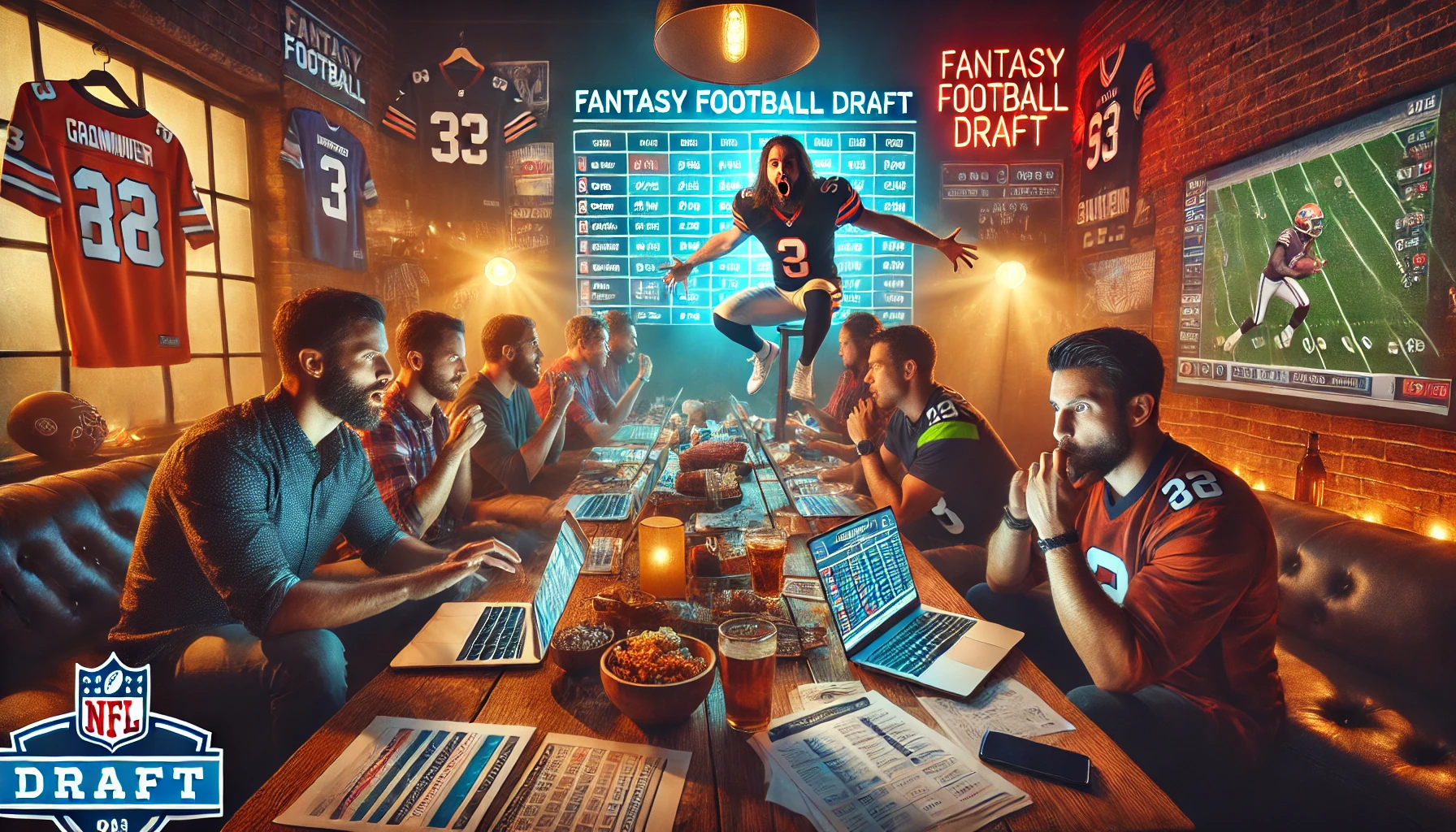This fantasy football season is the best time to win your league. But winning starts with one critical moment: your draft. Effective fantasy football preparations all boil down to having a good and proper strategy during the draft. Regardless if you have been playing fantasy football for years, or if you just started, this article will give you tips to prepare for the big day.
Understanding the Basics of Fantasy Football
What is Fantasy Football?
A fantasy football is a game in which the players get to build their own virtual teams using actual players of NFL. The competition is based on real-life performance of the players and the main aim is to assemble the best team of players. Total points or yard in a field, points and all other measures obtained within the field of play are realistic fantasy points.
How the Draft Works
The draft is how new teams are built. Typically, it is a snake draft format, so the order goes in reverse each time the participants progress around the table. The last player to pick in the first round is the first to pick in the second round. This order can give you insights into the timing of the availability of players.
Preparing for Your Fantasy Football Draft Day
Researching Player Rankings
Strategy and preparation are vital for having a good season. The first step is to look up player ranking and other statistical information. Sometimes it is strategic that you know who are the top players and how they are expected to play.
Creating a Draft Cheat Sheet
Cheat sheet is a list of players ranked by your desired order of the pick. Stack them by their position and highlight players that you would like to draft in the team. This can help you avoid such a situation when you are all covered in spots and you are afraid you won’t make it in time or you will miss the best part.
Key Fantasy Football Draft Strategies to Consider
Best Player Available (BPA) Strategy
Some people’s approach is to take the best player on the board, irrespective of the position. This way you make sure you are hiring the most talented candidates but do not forget about positional requirements.
Position-Based Drafting
Another strategy is to build a team by focusing on critical positions first. Skill positions such as the running back and wide receiver may carry more value early in the draft, where the quarterback and tight ends may be found later.
Drafting Running Backs
Why Running Backs Matter
Running back or RB as we may call it is usually one of the most important positions in any fantasy team. As they are close to the ball most times, their points are higher than the rest of the players. To build a great team, key players such as elite running back should be drafted early.
Ideal Rounds to Target RBs
Aim to draft at least one top-tier running back within the first two rounds. If you’re lucky, you might grab a second high-quality RB in the third or fourth rounds.
Wide Receivers Strategy
WRs and Their Role in PPR Leagues
Wide receivers (WRs) shine in Points Per Reception (PPR) leagues, where they earn points for every catch. This makes them incredibly valuable, especially top-tier WRs like Justin Jefferson or Tyreek Hill.
When to Draft Your Top WRs
It’s ideal to draft your first wide receiver in rounds 2-4, depending on how the draft flows. If you’re in a PPR league, you may want to prioritize WRs slightly earlier.
Drafting Quarterbacks
Is Early QB Drafting Worth It?
Some people grab quarterbacks (QBs) like Patrick Mahomes early, but most experts recommend waiting. Elite QBs can still be found in rounds 5-7, giving you a chance to stock up on other positions first.
Waiting on Quarterbacks
The strategy of waiting on QBs allows you to focus on other skill positions first. Plenty of mid-tier quarterbacks can provide excellent value later in the draft.
Late-Round Draft Picks
Hidden Gems: Late-Round Players
Late rounds are where you find sleepers—players who are undervalued but have potential. Keep an eye on emerging rookies or backups who may see playing time due to injuries.
Picking Backup Players
Make sure to fill out your bench with reliable backups. You want options in case of injuries or bye weeks.
Avoiding Common Draft Mistakes
Overvaluing Injured Players
It’s tempting to draft a player recovering from an injury, but this could backfire if they aren’t 100% when the season starts. Avoid taking too much risk too early.
Not Adjusting to Your Draft’s Flow
If your fellow drafters are targeting a specific position, be flexible. Sticking to a rigid plan can cause you to miss out on value.
The Importance of Flexibility During the Draft
Changing Strategies Based on Draft Trends
Stay flexible. If a certain position is being drafted heavily, adjust and look for value in other areas. Don’t be afraid to pivot your strategy based on what’s happening.
Adapting to Unexpected Picks
Every draft has surprises. If a player you wanted is taken earlier than expected, don’t panic. Have backup options ready and stay composed.
Using Mock Drafts to Practice
How Mock Drafts Work
Mock drafts simulate the real draft experience. They allow you to practice and experiment with different strategies before the actual draft day.
Benefits of Mock Drafting Before the Actual Draft
By practicing with mock drafts, you’ll be more prepared and less likely to panic. You’ll also gain insight into where certain players are likely to be taken.
Maximizing Your Value in Mid-Rounds
Identifying Mid-Round Steals
Mid-rounds are where you can find value picks—players who may outperform their draft position. Look for reliable players who may not be flashy but will consistently contribute.
Balancing Risk and Reward
Not every player is a safe bet. Mid-rounds are a good place to take calculated risks, but balance them with reliable choices to avoid getting burned.
Building Depth on Your Roster
Prioritizing Depth Over Star Power
While star players are great, depth is crucial for long-term success. Injuries and bye weeks happen, so having a well-rounded roster is vital.
How to Find Value in Backup Positions
Look for backup players who could step into starting roles if injuries occur. These players may not be exciting at first but can be lifesavers later.
Drafting Defense and Kickers
When to Target Defense
Most experts recommend waiting until the last few rounds to draft a defense. You can often find a solid unit without using an early pick.
Best Time to Pick a Kicker
Like defenses, kickers can wait. Your last pick should ideally be reserved for a kicker, as their point production is often less predictable.
Closing Thoughts on Your Draft Strategy
Why Your Draft is Just the Beginning
Your draft sets the foundation for your team, but it’s just the start. Staying active on the waiver wire and making smart trades will keep your team competitive.
How to Stay Ahead During the Season
Pay attention to player performance, injuries, and matchups throughout the season. Stay flexible and be willing to make changes when necessary.
Conclusion
The key to a successful fantasy football draft is preparation, flexibility, and smart decision-making. By following the strategies outlined here, you’ll be well on your way to building a winning team. Remember, your draft is just the first step—continue to stay active and make adjustments throughout the season for the best chance at victory.
FAQs
What should be my first pick in fantasy football?
Your first pick should usually be a top-tier running back or wide receiver, depending on your draft position and league format.
How important are bye weeks when drafting?
Bye weeks matter, but they shouldn’t dominate your decisions. Focus more on value, and fill in bye-week gaps later.
Can I recover from a poor draft?
Yes, a poor draft isn’t the end. Smart trades and active waiver wire management can turn things around.
Should I draft a tight end early?
Only if it’s a top-tier tight end like Travis Kelce. Otherwise, you can wait for middle-round options.
How many running backs should I draft?
Aim to draft at least three to four running backs to ensure depth and flexibility for injuries or bye weeks.








